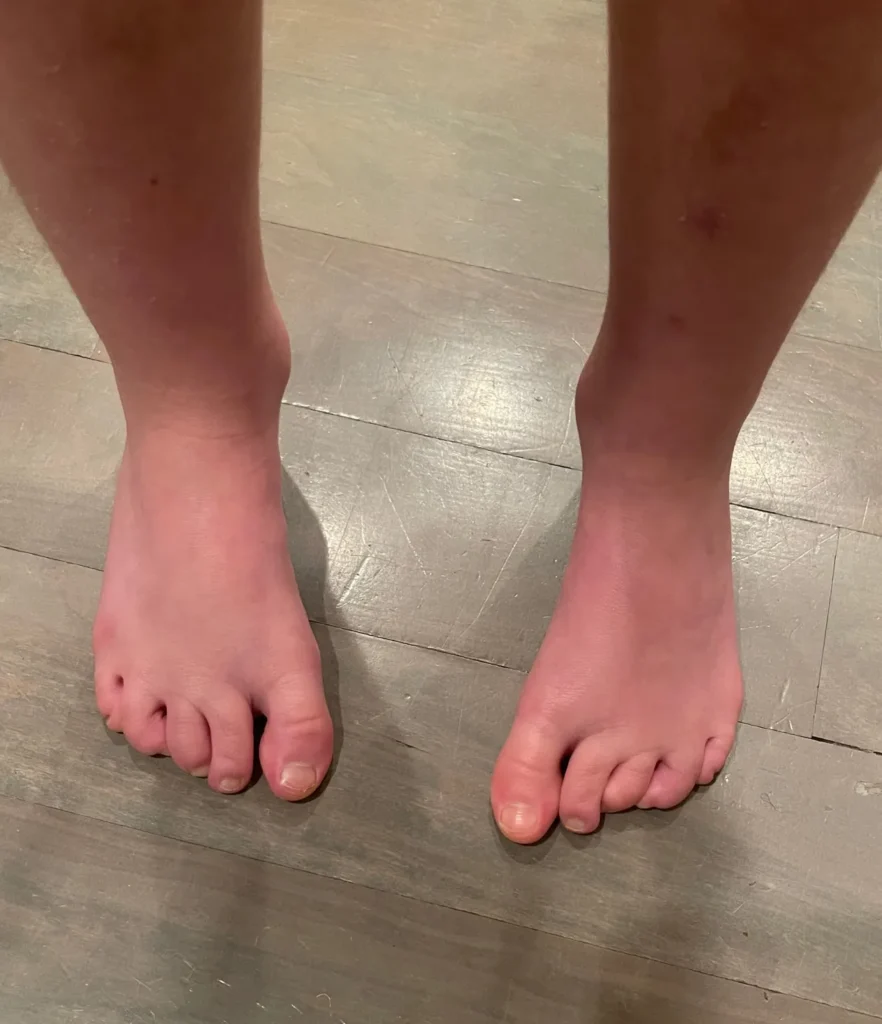A Complex Genetic Puzzle
What is MED13L Syndrome?
MED13L syndrome is a complex developmental disorder with a spectrum of symptoms including developmental delays, intellectual disability, and distinct facial features. It often involves challenges with muscle tone, motor skills, speech, social interaction, autism, behavior concerns, seizures, or congenital heart defects.
This rare condition arises from mutations in the MED13L gene, crucial for regulating gene activity during development. Inheritance is typically autosomal dominant, with most cases resulting from new mutations.



Overview
The Basics of MED13L
MED13L syndrome is a condition that’s not widely known, yet it has profound implications for the development of children. Those with MED13L face challenges with tasks that typically developing children might master naturally. Communication hurdles, physical milestones like walking, and learning difficulties are common. Additionally, individuals might have distinctive facial features, such as unique eye or nose shapes, which can lead physicians to consider a MED13L diagnosis. The condition’s rarity highlights the importance of awareness, as early detection can significantly alter the management approach, enhancing the child’s ability to reach their full potential.
Symptoms & Diagnosis
Recognizing the Signs of MED13L
Children with MED13L might start talking much later than their peers, take longer to learn how to walk, or seem unsteady on their feet. Beyond developmental milestones, some may have heart conditions that require medical attention from a young age. Recognizing these signs early can be crucial for families and healthcare providers. The diagnosis involves careful observation of a child’s growth and development. When MED13L is suspected, genetic testing is required for diagnosis to confirm the presence of the syndrome, allowing for early and effective intervention strategies.
Genetic Puzzle
The MED13L Gene Explained
At the heart of MED13L syndrome is a change in a gene that acts as an intricate blueprint for a child’s development. This genetic alteration typically occurs spontaneously and is not inherited from the parents. A gene mutation can be thought of as a typo in an important instruction manual; even a small error can have significant consequences. Shedding light on the role of genes in MED13L helps demystify the condition and what can be done to help those who have it. Understanding genetics is key to grasping the breadth of MED13L’s impact on individuals and is at the forefront of current research efforts.
Daily Life
Living With MED13L
Living with MED13L syndrome means navigating various challenges, but with the right support, success in many areas of life is attainable. Therapies that enhance speech and mobility, along with educational programs tailored to unique learning needs, are available to aid development. Regular medical care is also essential, not just for health monitoring but also for fostering well-being. With a strong network of community and family support, children with MED13L can lead fulfilling lives, and every achievement is celebrated.
Current Research
Illuminating the Path Ahead
The landscape of MED13L research is dynamic, offering new insights that inform the development of targeted therapies and interventions. Scientists are delving into the MED13L gene to understand its role in child development and to pave the way for innovative treatments. From laboratory research to clinical studies, the knowledge gained has the potential to transform the care for MED13L, providing hope to families and clinicians. Each discovery marks a step toward a future where the impacts of MED13L are not just mitigated but potentially overcome.

